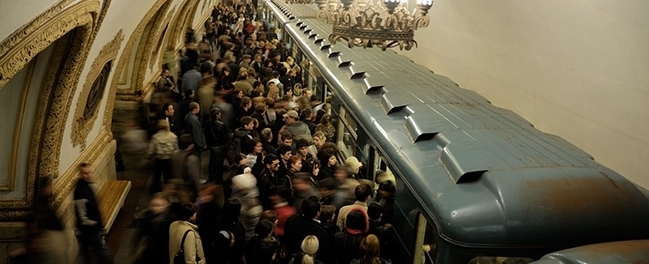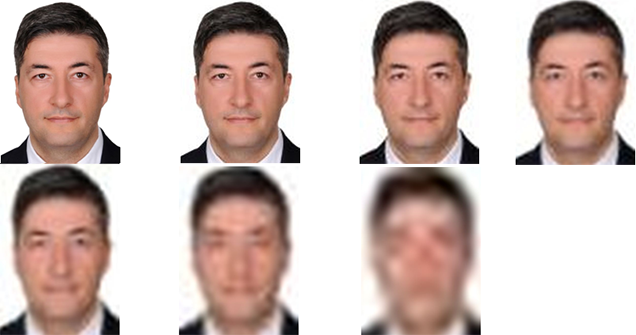
Within recent years, concerns about the public transport security have increased dramatically due to rapidly increasing terrorist activities, sexual attacks, extortion, violence, etc. The camera systems can help prevent such actions. People with criminal potential give up on these activities where they learn about the existence of camera systems. This awareness will increase the confidence of the passengers.
100% of the areas where the metro station and passengers are located must be recorded by the cameras.
By calculating PPM (pixel per meter) (number of pixels per meter), it can be determined where and at which resolution the cameras should be used. For example, the horizontal resolution of a 2MP camera is 1920x1080. In other words, it shows the image that appears on the screen with 1920 pixels horizontally and 1080 pixels vertically. If the horizontal width displayed on the screen is 192 meters when measured in meters, it is 1920 pixels/192 meters = 10 pixels/meter = 10PPM. In other words, 10 pixels correspond to 1 meter.
The table taken as a sample for the gains at different PPM values is as follows.
|
Detection: 25 PPM (pixels/meter) allows the observation of activities in the environment. |
|
General Monitoring: 66 PPM (pixels/meter) allows you to know the appearance, gender, color, and approximate height of the subject. |
|
Recognition: 125 PPM (pixels/meter) allows the automatic detection of the human face and number plate from the video analytics module. |
|
Identification: 250 PPM (pixels/meter) allows the detailed identification of the eye color, tattoos, birthmarks, etc. |
The viewpoints of the cameras also affect the PPM value. If the camera is facing at a very wide angle, the PPM value decreases. But the dead spot at the bottom of the camera is reduced. Likewise, if the camera is facing at a narrow angle, the dead zone distance that it cannot see at the bottom increases.
Camera height from the ground affects the dead zone distance. If the camera is installed at height, the dead zone increases, if it is installed at a lower location, the dead zone decreases.
Briefly, placing the camera at a narrow angle as much as possible affects the PPM value in a good way. Analyses function better. Hanging the cameras at the lowest point that will prevent them from being exposed to sabotage will allow us to achieve high vision quality.
The PPM value will increase as the object approaches the camera. For this reason, if the objects are going to pass in front of the camera, it may be preferable to define them here for forensic purposes. In other words, it can be foreseen to take forensic records only when the object passes in front of the camera by viewing the activity in remote areas. This allows a smaller number of cameras to be used.

Installation Recommendations